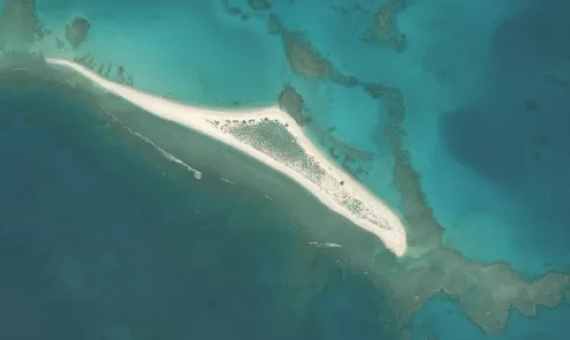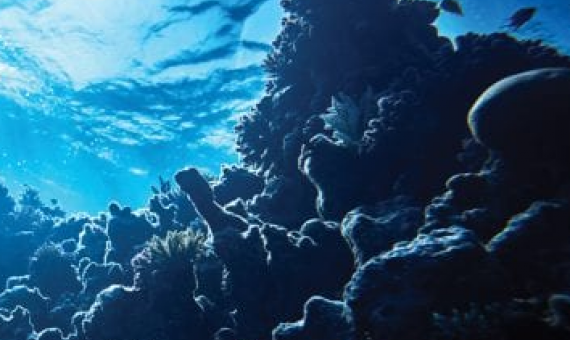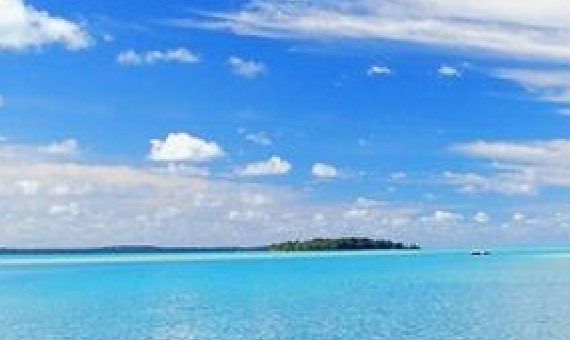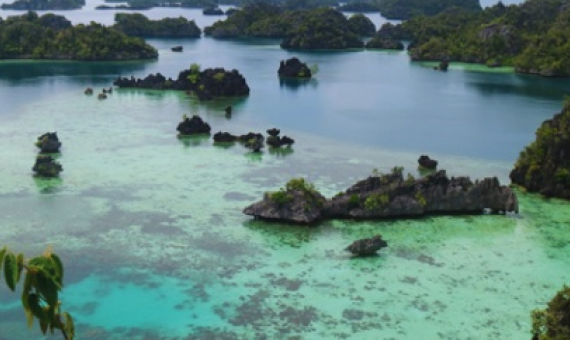Before a hurricane in October, East Island, left, was an 11-acre sliver of land in the Pacific. After the storm struck, it largely disappeared. Click on the link below to read the full article.
Hurricane Walaka, a monster storm that roared through the Pacific Ocean earlier this month, wiped out a tiny Hawaiian island known for harboring green sea turtles and endangered monk seals. Click on the link below to read the full article.
In Oceania, there is a resurgence of ocean management that incorporates customary local practices and governance.
In Tonga, no-take marine reserves designed with, and managed by, local communities are predicted to achieve a conservation impact... The result suggests that community-based marine management can be highly effective, in this case because reserves are located near villages that exert fis
Good governance may be viewed as applying a set of internationally accepted principles for governing protected areas... MPAs that effectively apply these good governance principles can have sustained support and resiliency, and can meet multiple community and conservation goals.
Under current greenhouse gas emissions rates, climate change will alter ocean ecosystems dramatically in the coming decades.
We live on one planet, 70% of which is made up of ocean – an ocean which is teeming with fascinating and beautiful marine life. However, many of the world’s seas have been, and continue to be under immense pressure. Click on the link below to read the full article.
Surveys commissioned by the team managing Marae Moana reveal that little is known within the Cook Islands community about the marine park covering our whole ocean. Click on the link below to read the full article.
Gagaifolevao is one of six Lefaga district villages intent on regenerating and protecting coral reefs for the sake of their children, but also in a money making venture to uplift the community at large. Click on the link below to read the full article.
The management of Raja Ampat conservation area in Papua was recently lauded by countries joined in the Coral Triangle Initiative on Coral Reefs, Fisheries, and Food Security (CTI-CFF). Click on the link below to read the full article.
















